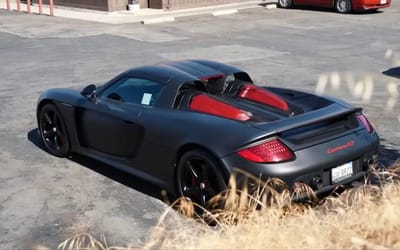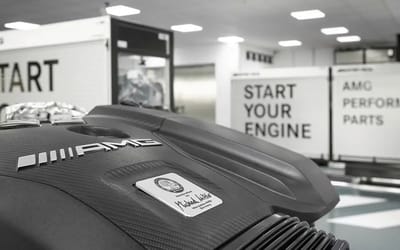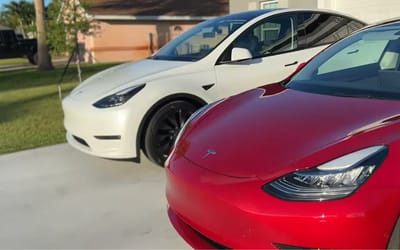Hypersonic jet capable of 50-minute London to New York flight has no windows
- The Sky Magnetar hypersonic jet can fly from London to New York in a mere 50 minutes
- The futuristic design concept has one other unique feature
- It’s completely windowless
Published on Jul 08, 2024 at 7:33 PM (UTC+4)
by Amelia Jean Hershman-Jones
Last updated on Jul 08, 2024 at 8:32 PM (UTC+4)
Edited by
Tom Wood
Don’t request a seat near the windows if you ever board the Sky Magnetar hypersonic jet.
The futuristic design concept is hypothetically capable of flying passengers from London to New York in a mere 50 minutes.
However, while the aircraft is impressively part airplane part rocket ship, it lacks windows for one very important reason.
READ MORE! Elon Musk is excited about Boom Supersonic’s next-gen Concorde – and we can see why
The hypersonic jet concept
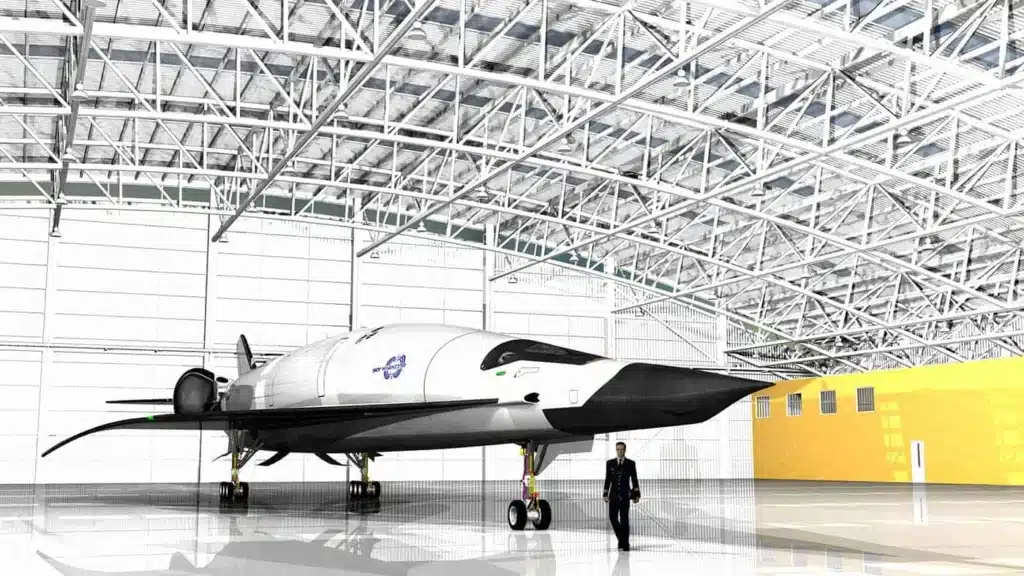
The Sky Magnetar was designed by none other than Oscar Viñals, the same designer who gave us – among others – the wingless Sky OV and the 4,200 mph Hyper Sting.
Looking more like an aerodynamic space shuttle, the unusual name is inspired by magnetars – a neutron star with magnetic fields billions of times stronger than we have on Earth.
This hypersonic jet would be capable of flying at Mach 5 (6,760 km/h/4,200 mph) – three times faster than the retired Concorde.
At that speed and with the pressure it creates, it would be dangerous for an aircraft big enough to carry 120 passengers to have windows.
What’s more, Vinals assures us that the cruising speed is too fast to enjoy the views anyway – and those of us with motion sickness could never.
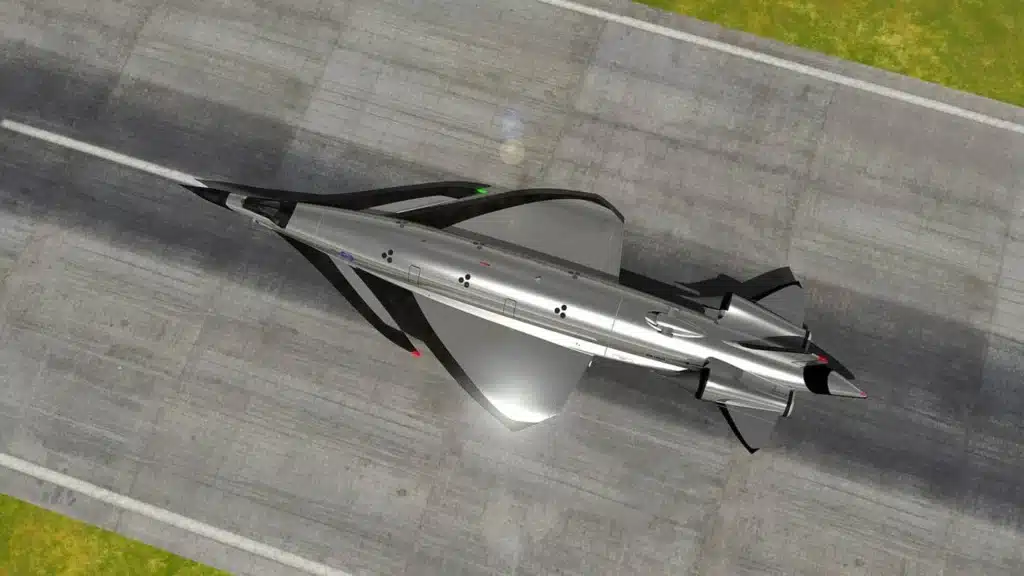
In fact, at these promised speeds, the hypersonic aircraft could do the transatlantic journey in a dizzying 50 minutes.
Rather, adding to the spacecraft vibes, the Magnetar’s portholes are located on the roof.
Powered entirely by hydrogen, passengers would have to focus on the in-flight entertainment screens in their two-by-two rows rather than raw-dogging the 50-minute flight by staring out of the windows.
The windowless design on the Sky Magnetar features a sleek 112-meter (367 ft) long, aerodynamic fuselage with a low drag coefficient.
Its quad-wing design allows various speeds.

With extreme in mind and the air friction caused at hypersonic speeds, the aircraft would feature heat shields made of fiber-metal and ceramic matrix composites.
Carbon-carbon composites will be used in the nose cone and leading edges, providing high thermal conductivity, corrosion resistance, and stability at high temperatures.
To counter that heat the fuselage includes an active cooling system using hydrogen gas from the fuel cell.
How it would fly
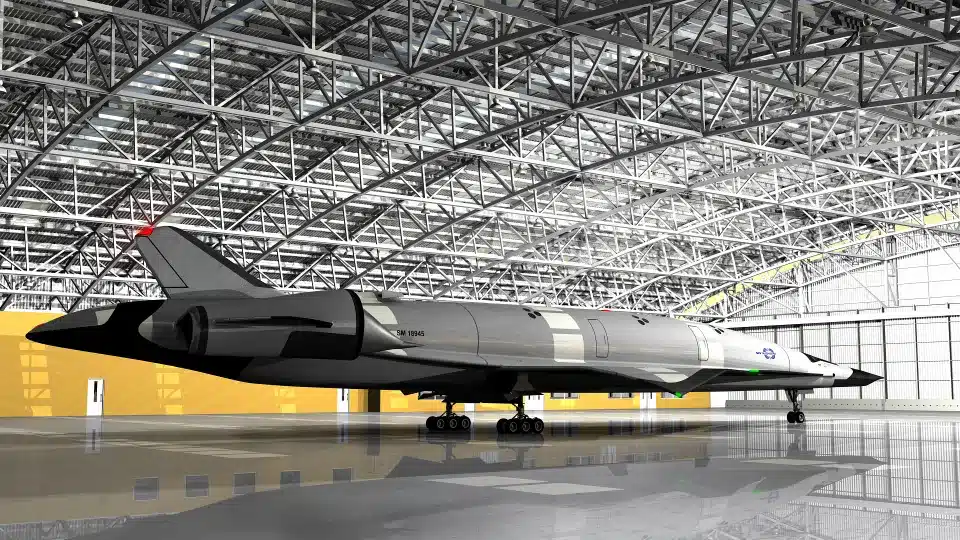
Operated by two pilots using an AI-based system, its hypothetical speed is down to two combined cycle engines at the aircraft’s rear.
Thay would enable the Magnetar to hit subsonic, supersonic, and hypersonic speeds.
For subsonic speeds, the aircraft uses a bladeless Dyson jet engine with six turbines.
Fast-forward to hypersonic speeds and the propulsion system transforms into a rocket engine.
It would use a sophisticated blend of airflow control, a plasma chamber, superconducting magnets, a combustion chamber, and a bypass ramjet engine.
The emission-free aircraft would use hydrogen rather than jet fuel for its propulsion system.
This promises no carbon dioxide emissions and up to 90 percent less nitrous oxides however, no plane of this size has ever achieved this or flown for longer than 15 minutes.
Other fast aircraft
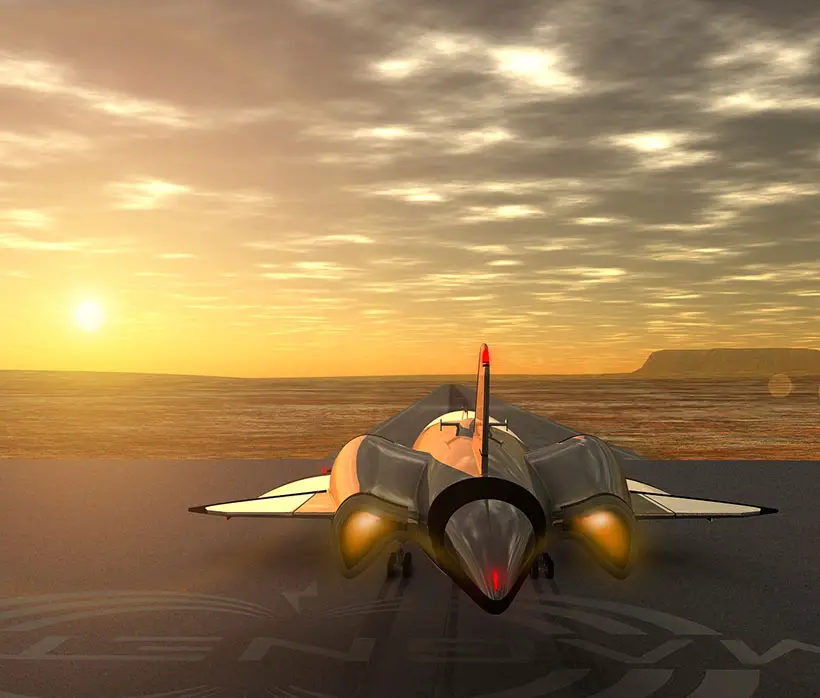
The current undefeated record for the fastest time between New York and London is one hour and 54 minutes, set in 1974 by a Lockheed SR-71 Blackbird.
The record for commercial flights is two hours and 52 minutes, set on 7 February 1996 by Concorde.
However, before he can challenge this, the Spanish designer needs investment.
So, we’re a long way from the Magnetar allowing us to cross the pond in less than an hour at the moment.
The future of hypersonic travel looks bright, though.
DISCOVER SBX CARS: The global premium car auction platform powered by Supercar Blondie

All Supercar Blondie contributors undergo editorial review and fact-checking to ensure accuracy and authority in automotive journalism. After gaining her BA Hons in French and English at the University of Nottingham, Amelia embarked on a vocational diploma from the National Council for the Training of Journalists (NCTJ). This led to numerous opportunities, from interning at Vogue to being on the small team that launched Women’s Health magazine in the UK, which was named the PPA Consumer magazine of the year for three years running. As Health, Beauty and Fitness editor, Amelia personally received a Johnson & Johnson Award and was shortlisted for both PPA and BSME titles. Since then, Amelia has created content for numerous titles and brands, including the Telegraph, 111 Skin, Waitrose, Red magazine, Stylist, and Elle, as well as being Head of Content at Vitality and Editor in Chief at INLondon magazine. “My superpower is translating technical jargon about the mechanical workings of a supercar into a relatable story you’ll want to share with your friends after you’ve read it.” After joining the SB Media family as a senior journalist in September of 2023, Amelia’s role has evolved to see her heading up the SEO output of the editorial team. From researching the most ‘Google-able’ key terms to producing evergreen content - it’s been a time of hard work, growth, and success for the editorial team and the Supercar Blondie website. “I like to think of myself as a ‘method journalist’. In other words: I live and breathe whatever I am writing about. When writing about fitness, I trained as a personal trainer, and as a beauty editor, I completed an ‘expert’ in scent diploma with the Fragrance Foundation. “During my tenure at Supercar Blondie, however, I did something I never thought possible: I passed my driving test at the age of 36. One day I’d love to train as a mechanic to better understand what happens under the hood, too. “My sweet spot is providing readers with a ‘takeaway’ (read: something new they didn’t know before) after reading every one of my stories. While I don’t claim to be an expert in the automotive world, I know the experts and bodies in the field to rely on to provide our readers with an informative and thought-provoking story every time they visit the site.”

